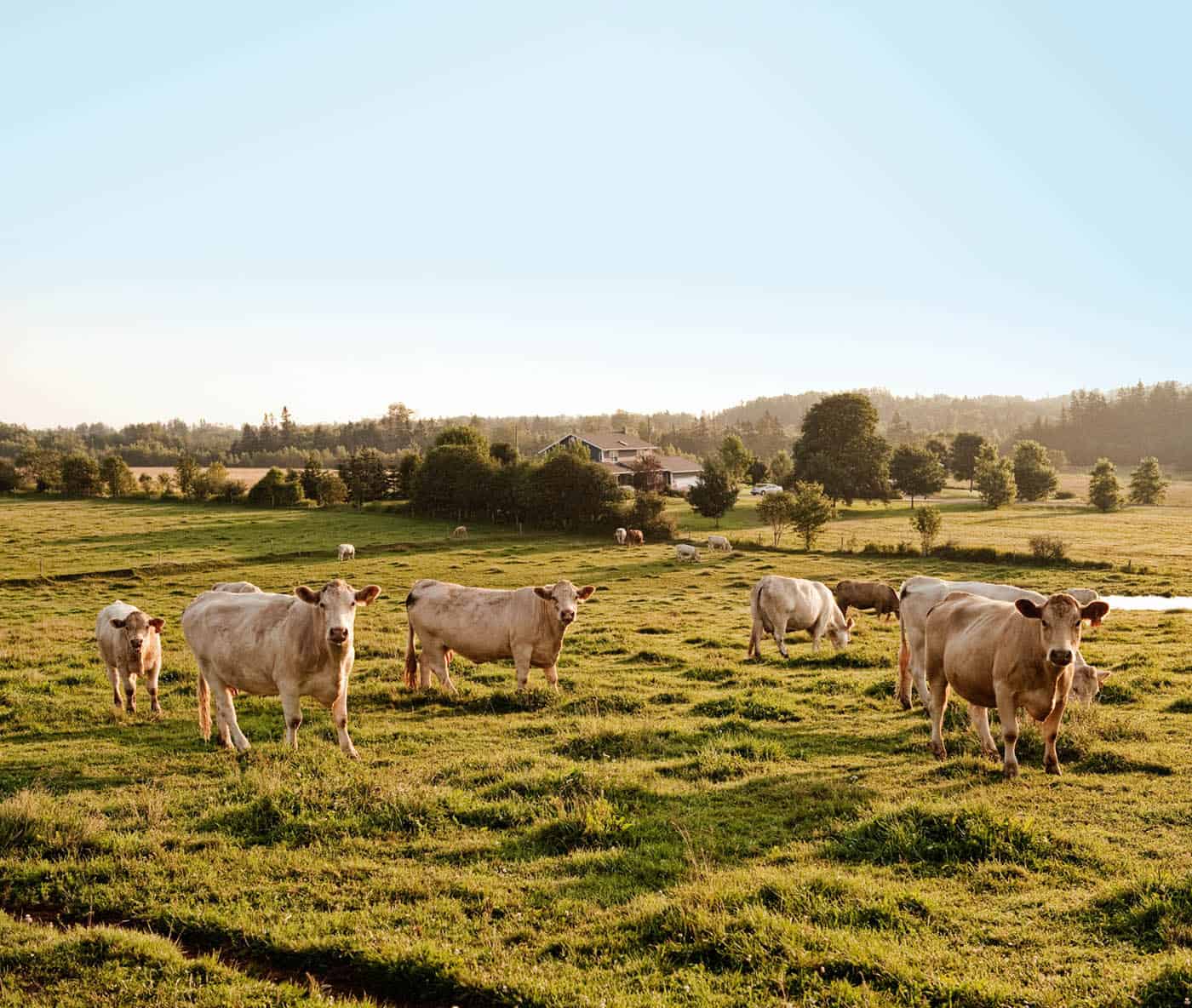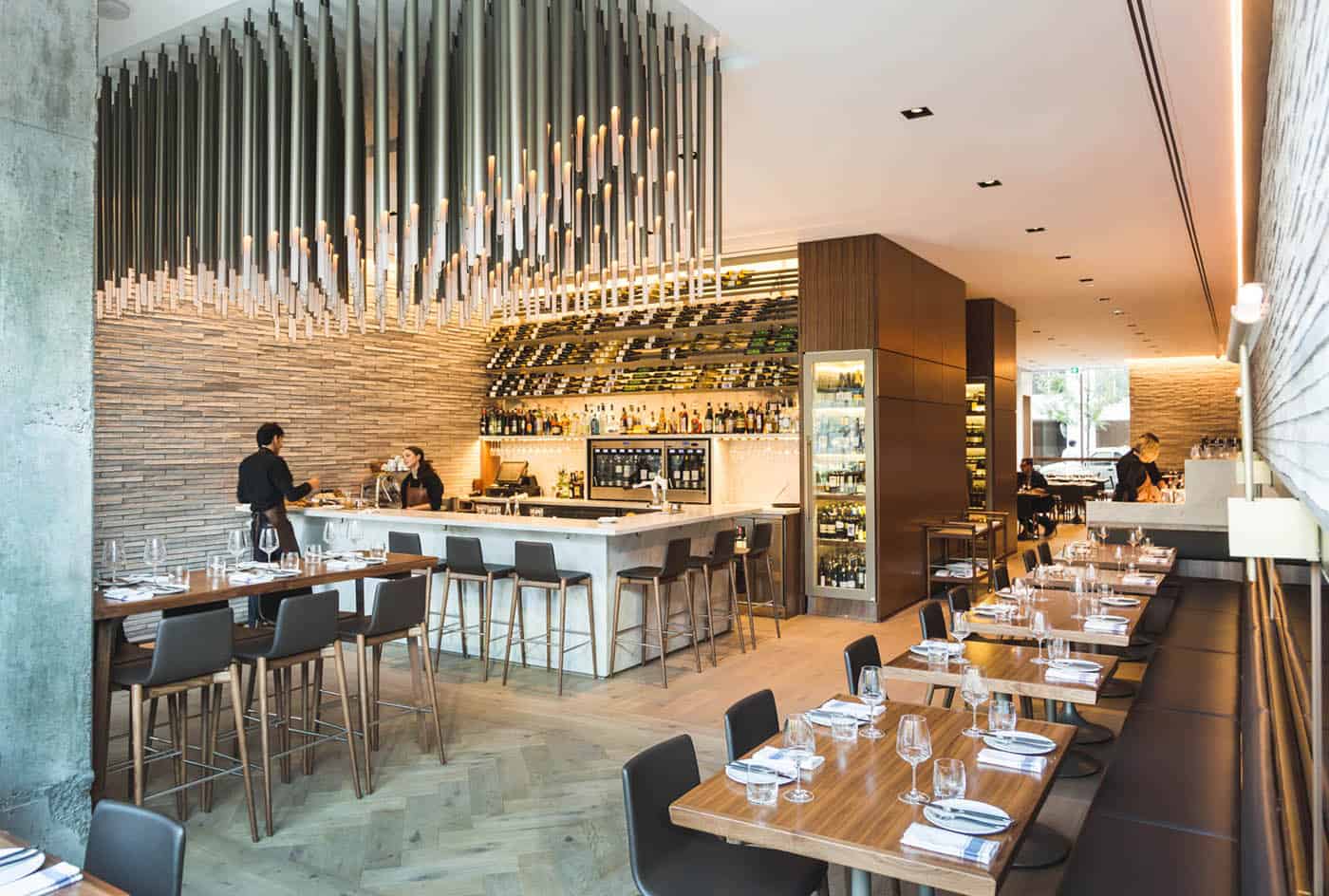
If you like exotic mushrooms as much as we do, you probably know the maitake mushroom by its most common name, hen-of-the-woods—or possibly ram’s head or sheep’s head.
And if you do not forage them yourself, come fall, you will have at least bought a cluster or two down at your local farmer’s market. But we’ll wager you’ve never seen any quite like this: round and perfect of form, plump in each and every cap, nicely trimmed, pristine and unblemished.
We hadn’t either until unexpectedly one day this summer, three of them sat on the bar of the C100B test kitchen, resting in snug cake boxes, the bases wrapped in tissue. Evidently, they were cultivated, not foraged, as each had a nearly uniform mass of a just over a kilo. But this made them no less impressive, as the mushroom is notoriously difficult to grow. “In Japan, they call him the maitake whisperer,” said Norimi Sakamoto, business development manager at Shogun Maitake, with a respectful nod to her boss, CEO Yoshinobu Odaira, who was sitting silently next to her.
Well, there is no question that Odaira is a maitake expert. He left Japan to set up shop in London, Ont., in part to pursue a study with Memorial Sloan Kettering Cancer Center on the mushrooms’ remarkable health properties (they are loaded with anti-oxidants, among other virtues). But the main thing is to get people eating them, through restaurants and specialty stores. Shogun’s black maitake take 100 days to grow to maturity. As mushrooms go they are things of beauty. That, of course, is a notion defined by the beholder: hereabouts, we call them hen-of-the-woods because the caps cluster and overlap like a chicken’s tail feathers; in Japan, the “mai” before the “take” (mushroom) means “dancing,” because to the Japanese, the clusters of caps are instead reminiscent of the waving hands and uttering sleeves of a gaggle of kimono-clad dancing girls.
Either way you like to think of them, we recommend a drizzle of olive oil, some salt, a good sear in a cast-iron pan, and then finishing them on a slow charcoal grill, brushing them as you go with a mix of sake, mirin and soy. Finish with a squeeze of lemon, and enjoy.
They are divine—and catching on fast. In Toronto alone just weeks after becoming available they popped up on the menu at Ian Robinson’s Japanese bistro Skippa, Dandylion and Nota Bene—and in Montreal, at our two favourite Maisons (Publique and Boulud).



